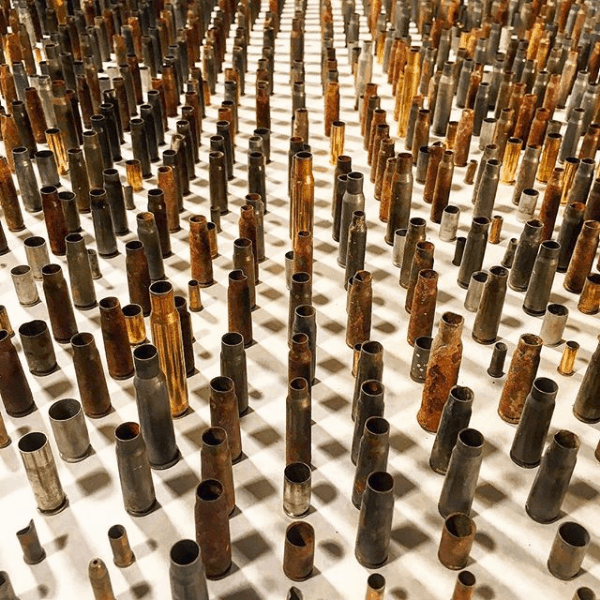
Illegal dumping in the desert and mountains around Reno is something most residents can see on a daily basis. From household garbage to furniture and cars, human waste has become an unsightly staple of Reno’s local environment. Many groups independently host cleaning days like the Hills Angels 4X4 Club, but the influx of illegal dumping continues.
Konah Zebert, artist, TMCC digital photography teacher and avid hiker, has been documenting illegal dump sites he has found in the desert. Using a smartphone, a digital camera and film cameras, Zebert has documented years’ worth of illegal dumping.

Some of his many images depict burned out cars, a limo, drug paraphernalia, TVs, dead domestic horses, RVs, construction waste, pet graves, alcohol bottles, furniture, appliances, propane tanks, boats and more. Zebert told me that the dumping wasn’t isolated to the edge of the city either. He finds dumped waste miles into the mountains including full size engines and appliances.
Does hiking ever get dangerous due to dumping? Zebert recalled one instance where someone drove up a canyon and dumped a TV, drove back a ways and then began shooting it with a rifle. This was all while Zebert was down range. After hearing bullets ricochet nearby, he quickly left the area.
Hiking with a camera can be a little worrying as well, according to Zebert. People dump stolen vehicles and property, sometimes setting them on fire, and they could be dangerous if they see they are being photographed. Poachers are another possible danger, as well as coming across dumped animals. Zebert explained that he once came across a poacher having just killed an animal.
As for target shooters, Zebert said that most are very friendly and he has even been offered to try someone’s new rifle they were excitedly telling him about. That said, Zebert shows through his images that everything is riddled with bullets. Everything becomes a target in the desert it seems, even pillows. This also generates a great deal of waste from spent cases and shot shells.

Zebert posts his images on his Instagram with few to no hashtags or comments. He feels the subject doesn’t need to be explained; viewers come to their own conclusions about illegal dumping without being told what to think.
As an artist Zebert is looking to create installation art that talks about this subject and has been creating work with colleague Tom Drakulich.
What to see more of his work? Visit: https://www.instagram.com/konahzebert/
Interested in learning digital photography? https://www.coursicle.com/tmcc/professors/Konah+Zebert/
Writers note: As a photojournalist, I asked Konah Zebert to do this interview because while there are many images of trash in the desert, Zebert has been documenting it since 2014. He has also photographed illegal dumping as art. I believe his work reflects that of photojournalists who photograph the scars of war and disasters. It does not glorify it nor condemn the act of illegal dumping, but shows the effect of it on Reno’s wild open spaces in a stark but meaningful light.
Photos by Konah Zebert used with permission.
